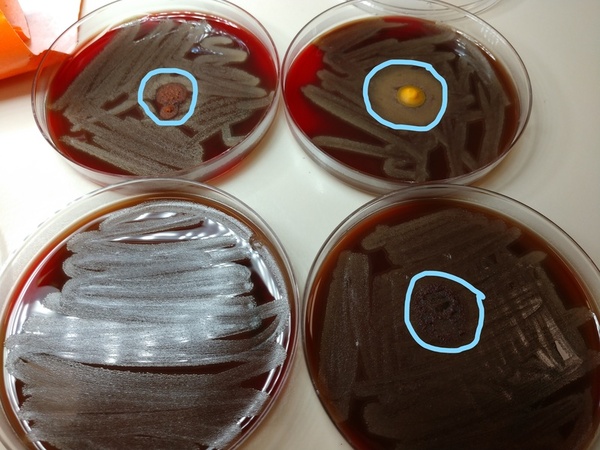Are alkaline spices the future of antibiotics?
(1) Lakeside High School, Atlanta, Georgia
https://doi.org/10.59720/20-229
Some developing countries do not have access to the same medicine and antibiotics that developed countries do. Thus, we chose to focus on compounds and spices that have antimicrobial properties with a history of being used in traditional medicine but are not commonly used in developed countries. We experimented with the most commonly available alkaline spices (turmeric, cayenne pepper, and cinnamon) to study their antimicrobial properties. Our hypothesis was that alkaline spices would have antimicrobial activity. We used oral swabs from three volunteer subjects to inoculated blood-agar plates. The result of our 24-hour (bacteriostatic) experiment showed a zone of inhibition of bacterial growth, with the largest zone of inhibition being around turmeric, followed by cayenne pepper, and the smallest around cinnamon. The 48-hour (bactericidal) results were similar, but with added complexity in turmeric and cayenne pepper showing a mold-like substance with a zone of bacterial inhibition not seen with cinnamon. These results are impactful and support our hypothesis, as alkaline spices generally do show antibacterial properties and both bacteriostatic and bactericidal effects correlated with degree of alkalinity. Further studies with an increased number of spices and with a larger sample size are needed to validate our findings.
This article has been tagged with: